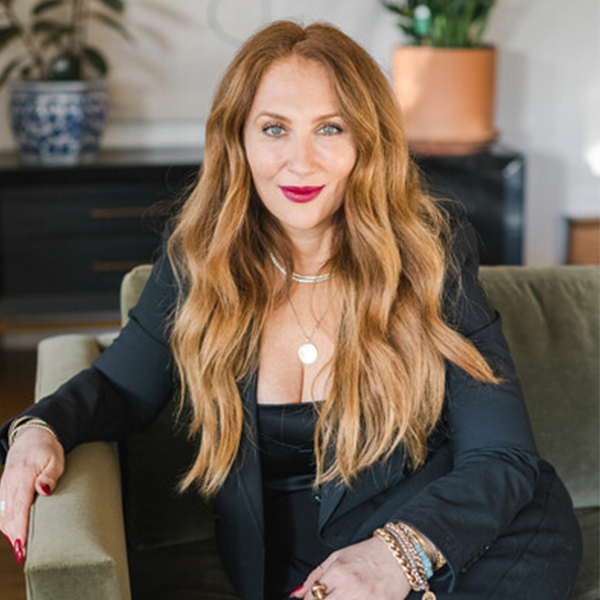New To Budgeting & Investing? Start Here!
3 Things You Must Do When Budgeting & Investing In 2024
Do finances give you decision fatigue? We get it—it can be overwhelming to take the steps you need to protect your financial future if you’re not taught them. Anna Manukyan (@amanukyan) is Ulta Beauty’s Head of Education and Creative, a certified financial educator and a go-to resource on learning how to take control of your financial future.
- How to break down your income into a manageable budget
- Why you need to set up a brokerage account
- How to use dollar cost averaging to invest wisely
1. How To Divide Your Monthly Income Into A Manageable Budget
Tracking your expenses can be overwhelming, but a percentage-based breakdown will make it easier. Here are Anna’s recommendations for investing your monthly income:
- 50 percent: This will be allocated toward your living expenses that you need to survive.
- Think: Rent, mortgage, utilities, groceries or childcare.
- 30 percent: This amount will support your “fun fund”!
- These are your wants: Going out with friends, date nights and leisure.
- 20 percent: This will build your savings. “Paying down debt is actually considered a part of this 20 percent,” Anna explains. This also includes saving for retirement and building an emergency fund.
Don’t wait, start now! Waiting for an increase in pay to start saving will actually hurt your long-term gains: “We think that when we get to a certain amount of money we make or certain career highlights that we’re going to be really good at saving money and staying within our means. And a lot of people, even when they make really good money, wind up living paycheck to paycheck. Don’t wait to make more until you can pay yourself first and try to save,” Anna advises.
Looking for a salon job with benefits? Earn up to 70% in commission with Ulta Beauty!
2. How To Start Investing: Setting Up Your Brokerage Account
Now that you’re ready to set up a monthly budget that includes saving, where do you start? “First order of business is open a brokerage account,” Anna advises. “It’s going to be a place that houses your investments. Think of it as a glorified bank account, but the purposes are a little different.” Types of brokerage accounts include Vanguard, Fidelity, Robinhood or Acorns.
DON’T make this common investing mistake:
“The number one mistake that people make is they put money into the account and they just let it sit there.” After you set up the account and transfer in funds, you need to elect one of the following individual retirement accounts depending on when you want to pay taxes:
- Traditional IRA: Contributions are often tax-deductible in the year they are made and investments grow tax-deferred (meaning you won’t pay taxes on the investment gains until you withdrawal the money in retirement; then, they are taxed as ordinary income.) You must start taking required minimum distributions (RMDs) from a traditional IRA after reaching age 72.
- Roth IRA: Contributions are made with after-tax dollars, so there is no immediate tax deduction. Withdrawals are tax-free in retirement and there are no RMDs like a traditional IRA, offering more flexibility.
If you’re interested in both, you’d need to set up separate accounts. If you already have an IRA set up, you can invest in stocks and different types of securities with the funds that are housed in the brokerage account.
RELATED: Watch Anna’s full course about securing your financial future—visit BTC University!


3. Dollar Cost Averaging: The Step-By-Step Investment Plan
Lastly, use this tip from Anna when investing: “Dollar cost averaging is an investment strategy where you put aside or invest small amounts of money over time consistently, regardless of what’s going on [in the market],” Anna explains. Consider this: Let’s say you want to maximize your Roth IRA for the year and the maximum annual contribution is $6,000. Is it easier to invest $6,000 into the account at once? Or is it more attainable to invest $500 monthly?
“According to dollar cost averaging, you will have stronger and more consistent returns over a long period of time if you’re splitting up your investments consistently, regardless of what else is going on in the market,” Anna adds.
Level up with six-figure and award-winning stylists at Ulta Beauty!
This content is sponsored.






